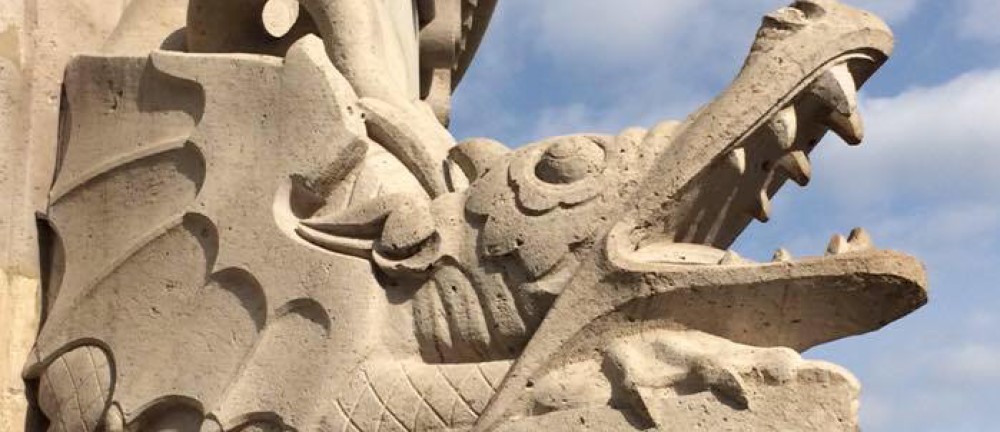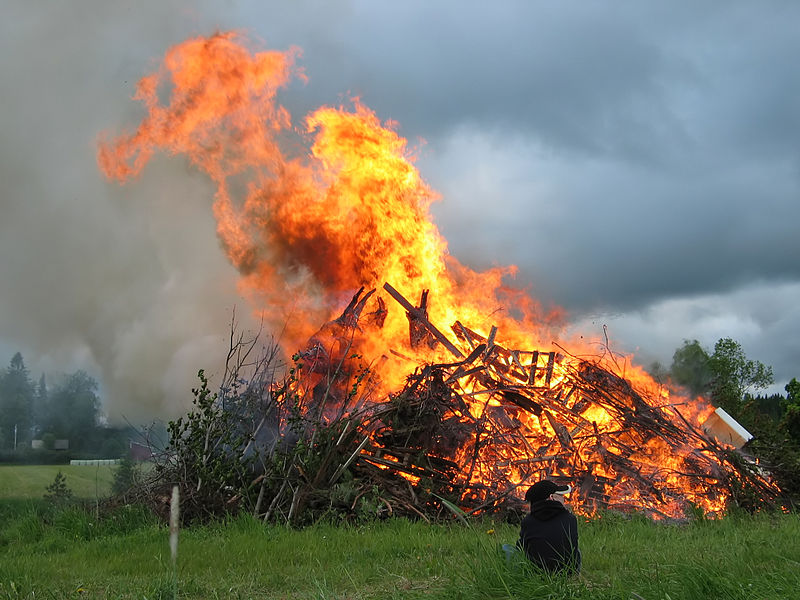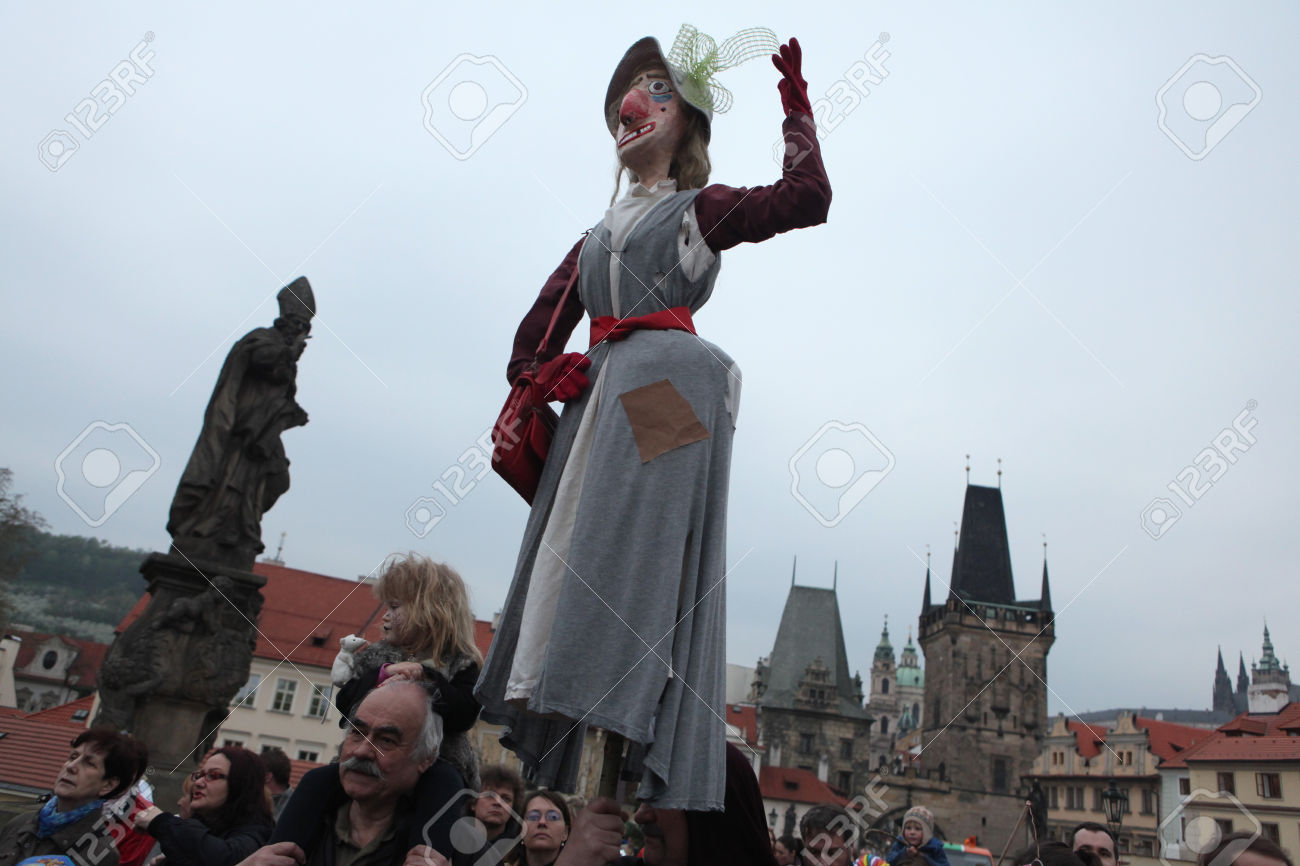
Contemporary Shrine of St Swithun in Winchester Cathedral, Hampshire, England UK
When I was in high school and hung out in the church office, the secretary and I often made jokes about a fictional parish we named “St.-Swithun-in-the-swamp.” The poor people of St. Swithun’s suffered many indignities and outrageous fortune’s arrows, not least their unfortunate location in the murky swamp. Imagine my surprise, many years later, to discover the real St. Swithun (who died in AD 862), bishop of Winchester, whose memory is celebrated every July 15.
St. Swithun was known for many miracles. One of the most famous incidents involved a group of workmen who broke all the eggs in a poor woman’s basket as she was crossing a bridge. Swithun demanded the workmen apologize to the woman and then he blessed her basket of eggs–which repaired all the broken shells and runny yolks so that she had intact eggs again.
St. Swithun is also said to influence the weather. His feast day is July 15 and determines the weather for the next six weeks–much as the weather on Groundhog Day determines the weather for the rest of February and March.
“St Swithun’s day if thou dost rain
For forty days it will remain
St Swithun’s day if thou be fair
For forty days ’twill rain nae mare.”
Swithun was initially buried out of doors, rather than in his cathedral, apparently at his own request. William of Malmesbury recorded that the bishop left instructions that his body should be buried outside the church, “where it might be subject to the feet of passers-by and to the raindrops pouring from on high,” which has been taken as indicating that the legend was already well known in the 12th century.
There might be a scientific basis to the weather pattern behind the legend of St Swithun’s day and the weather. Around the middle of July, the jet stream settles into a pattern which, in the majority of years, holds reasonably steady until the end of August. When the jet stream lies north of the British Isles then continental high pressure is able to move in; when it lies across or south of the British Isles, Arctic air and Atlantic weather systems predominate.


